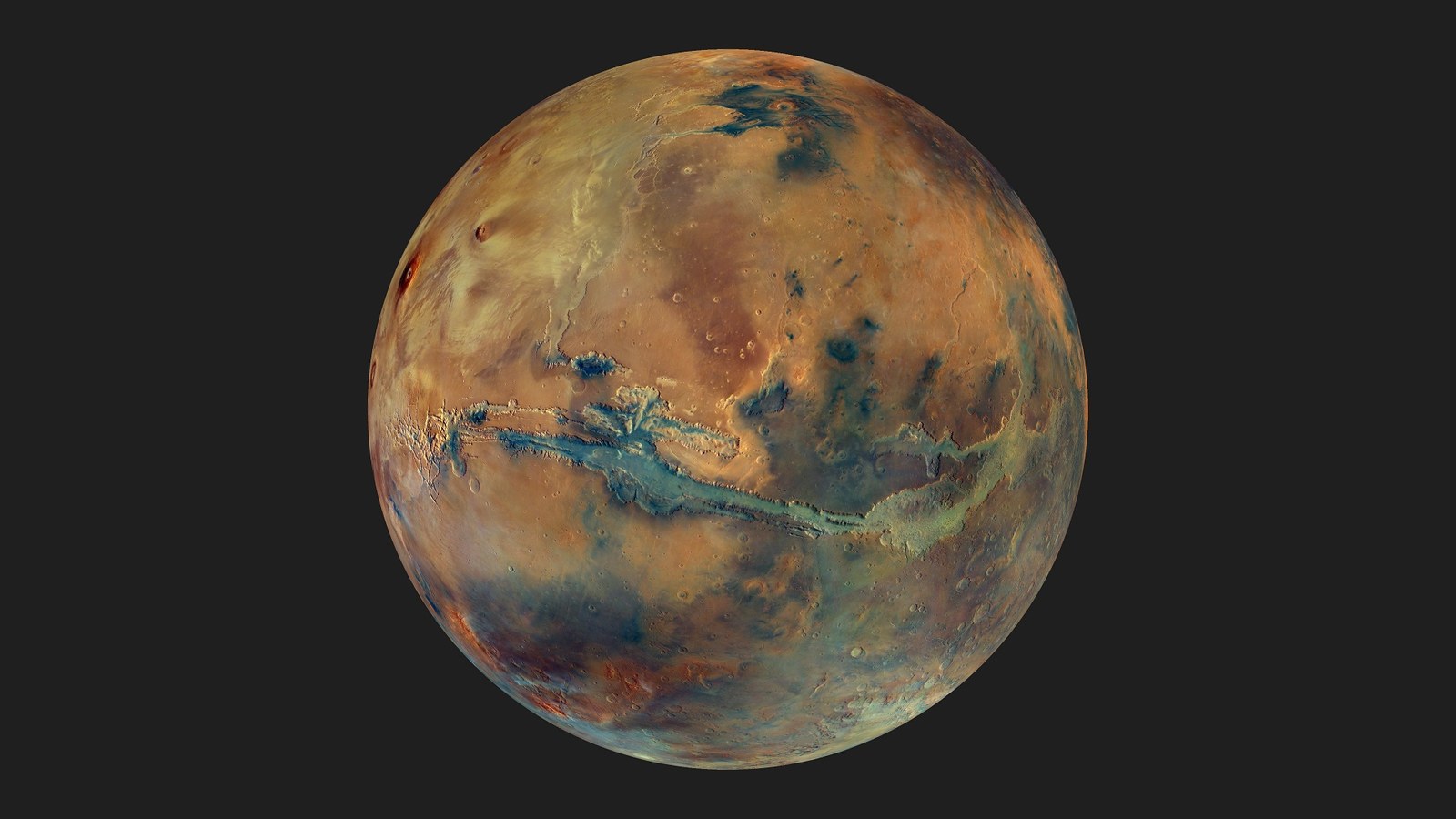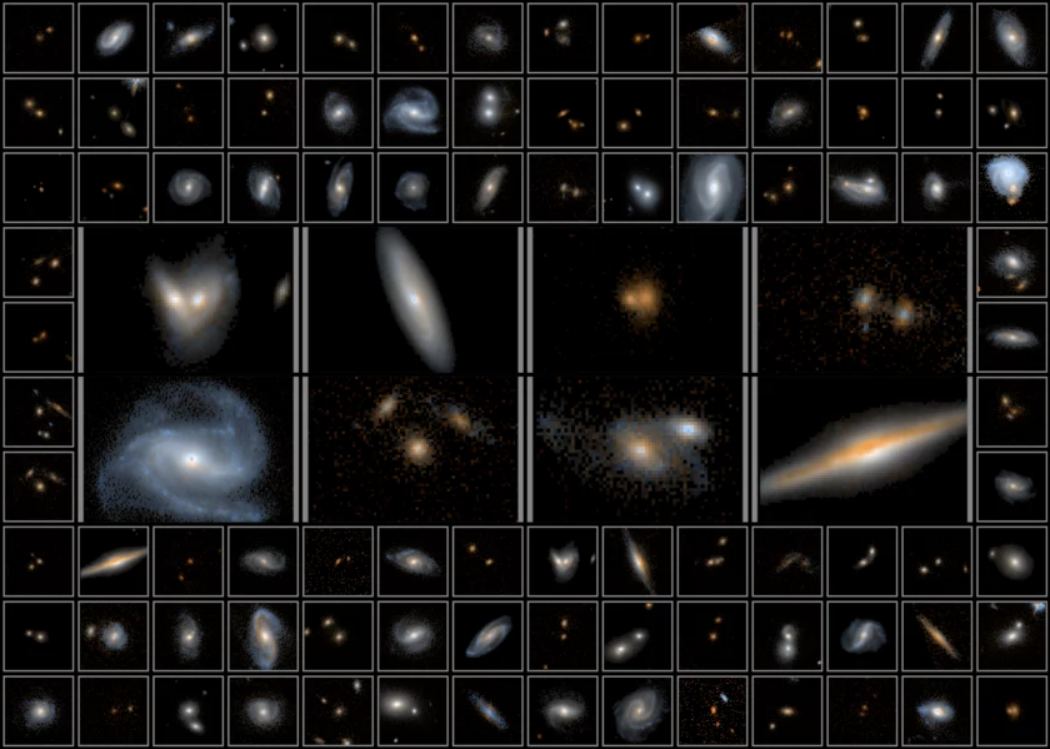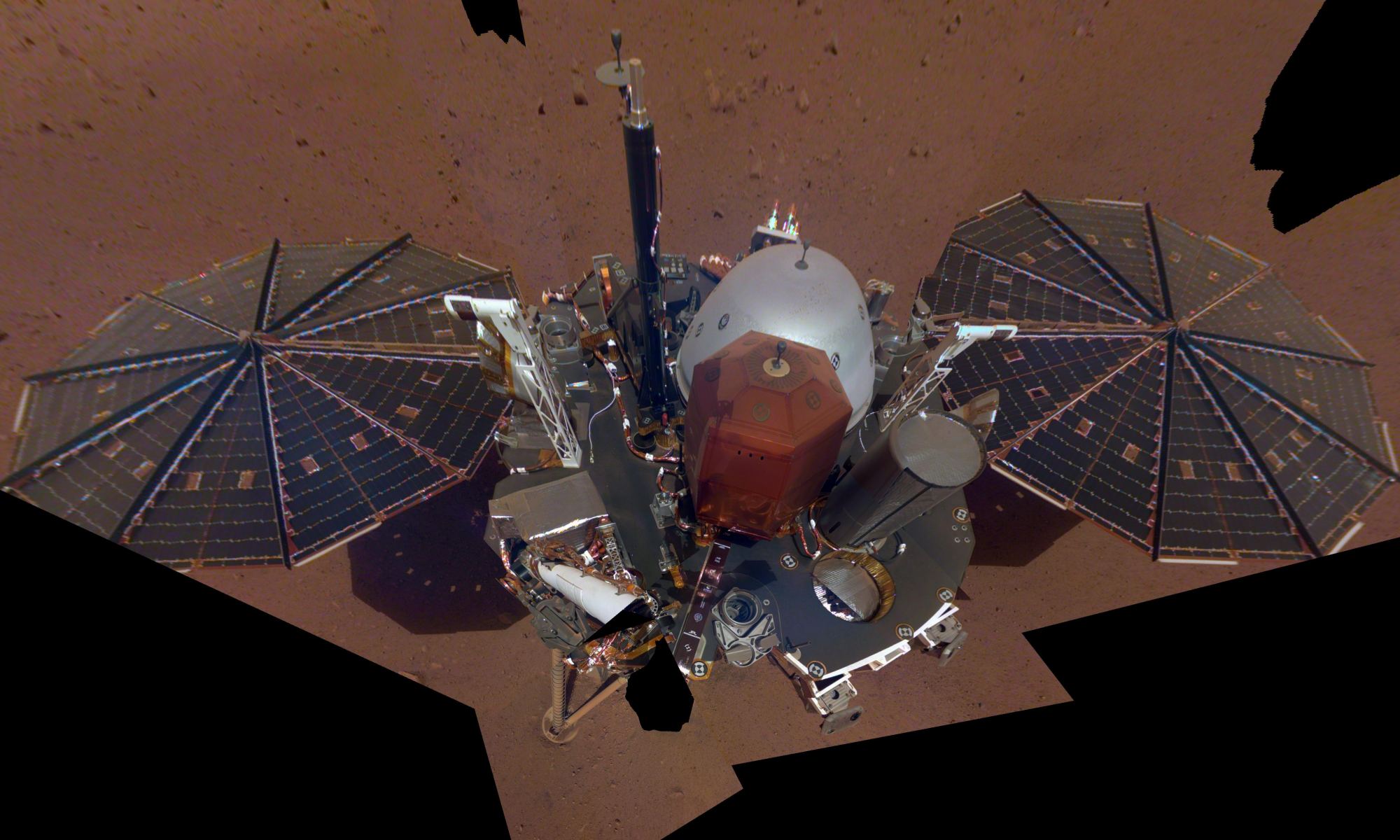The Mars Express orbiter, the European Space Agency’s (ESA) first interplanetary mission, entered orbit around Mars on June 2nd, 2003. Since then, the probe has mapped the Martian surface using its High-Resolution Stereo Camera (HRSC), an instrument built by the German Aerospace Center (DLR) with commercial partners. In honor of the mission’s 20th anniversary, a celebration occurred last Friday (June 2nd) at the ESA’s European Space Operations Center (ESOC) in Darmstadt, Germany.
During the festivities, a series of global color mosaic images were live-streamed from the Mars Express orbiter to Earth. The mosaic is the result of a high-altitude campaign conducted by the HRSC science team and state-of-the-art image processing. The result is a mosaic unparalleled in detail, spatial resolution, and diversity of color that provides valuable insight into the Martian environment. This includes revealing the surface composition, demonstrating how water once flowed there in the past, and modern meteorological phenomena.
Continue reading “20 Years of Mars Express Images Helped Build This Mosaic of the Red Planet”




